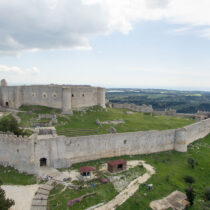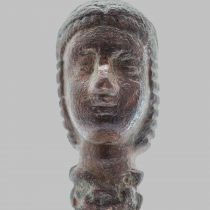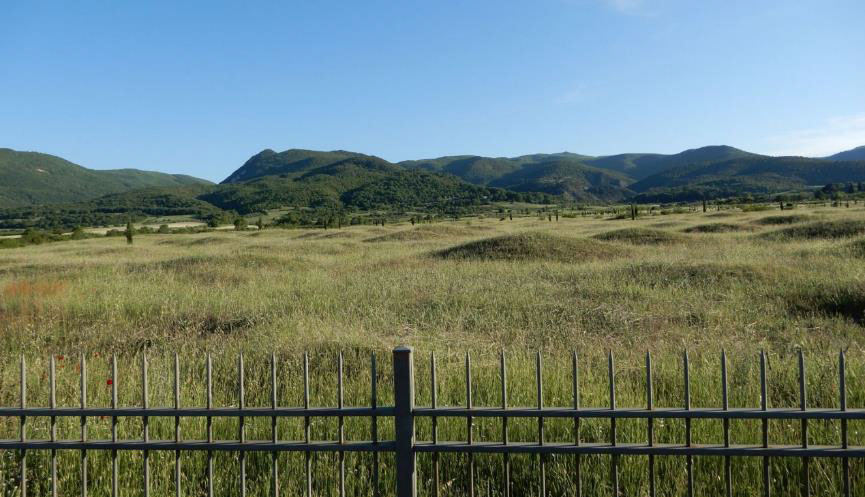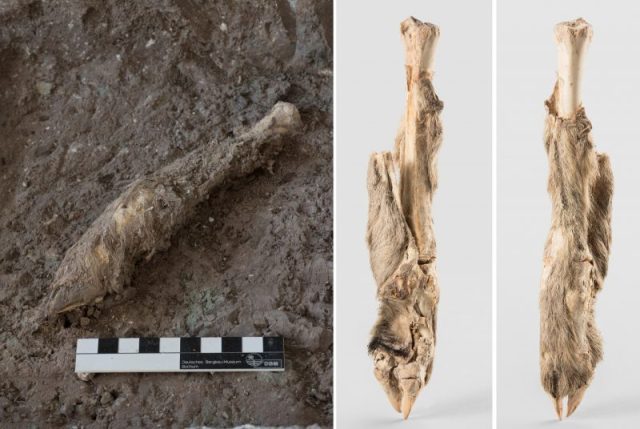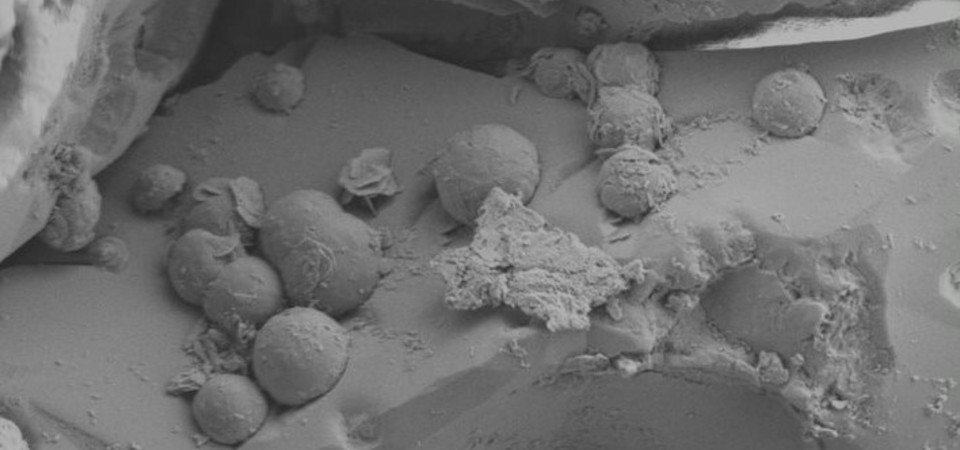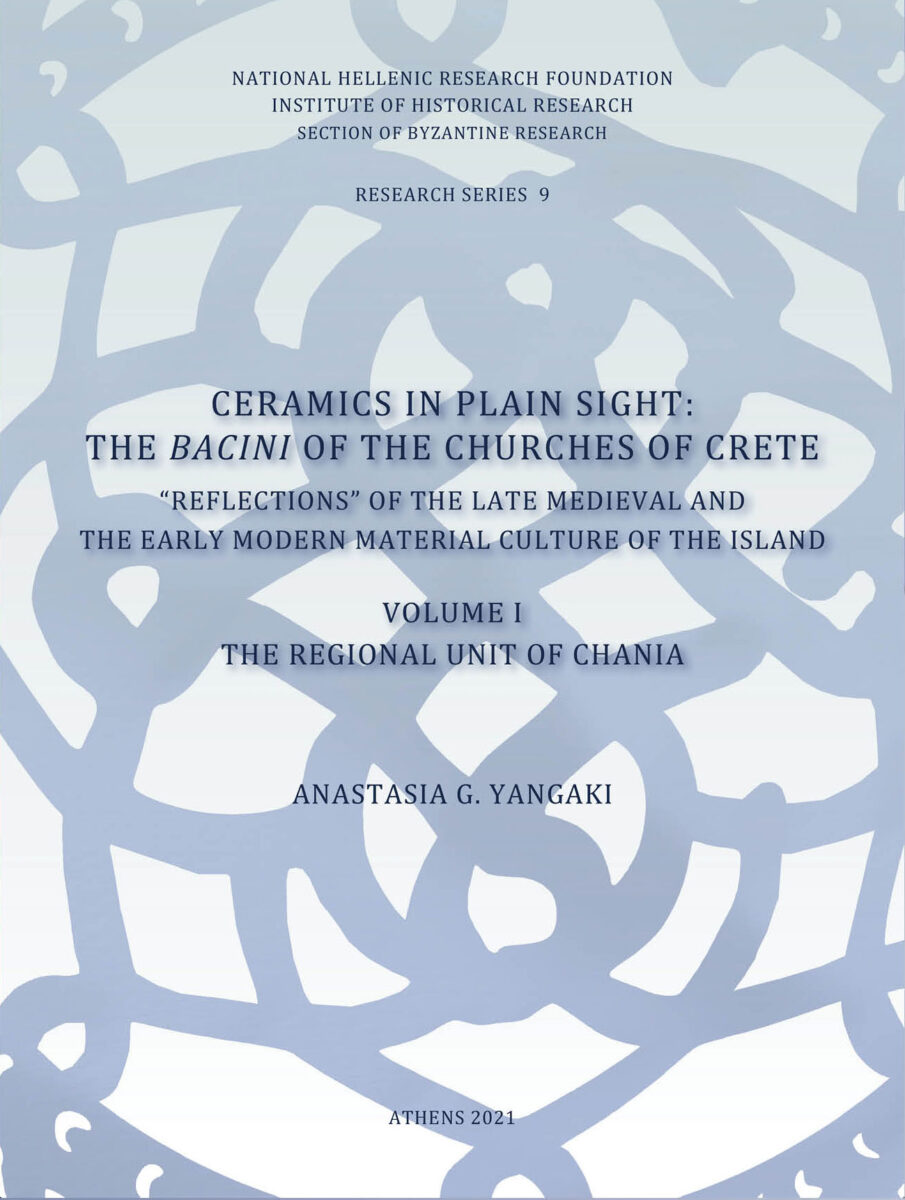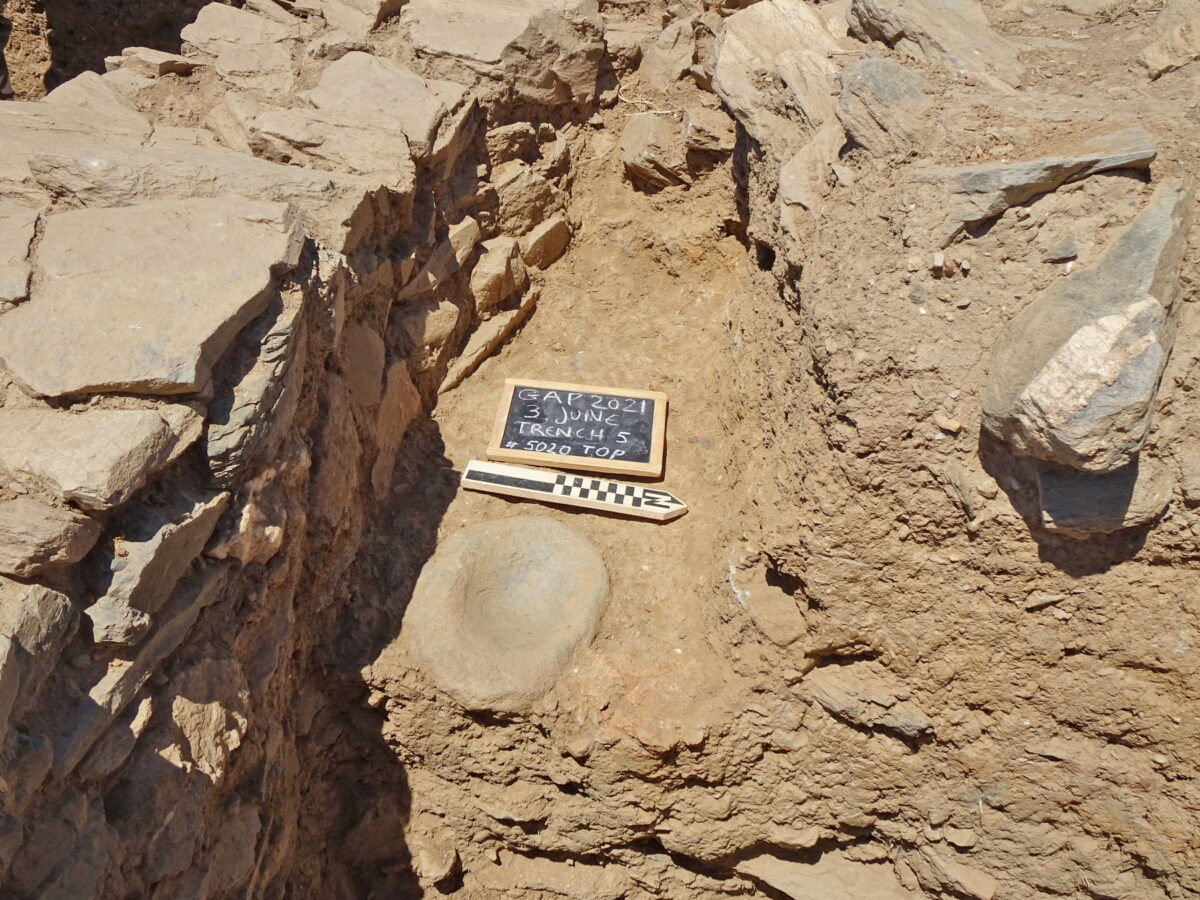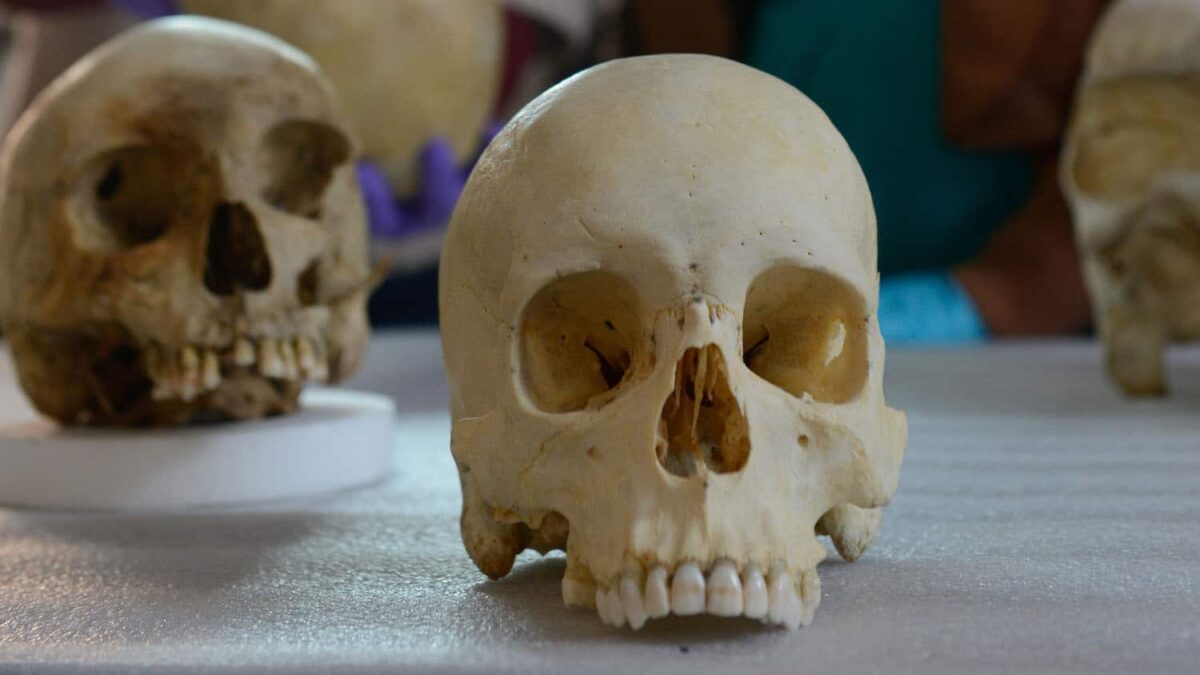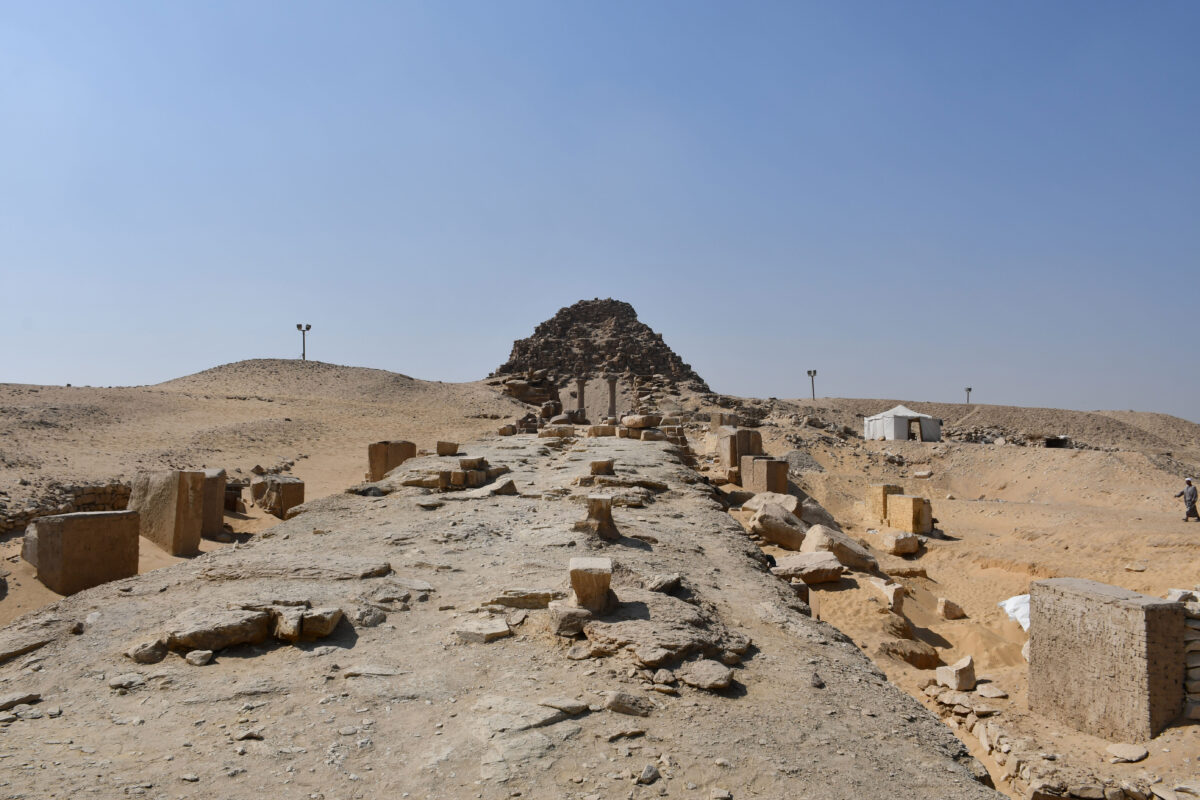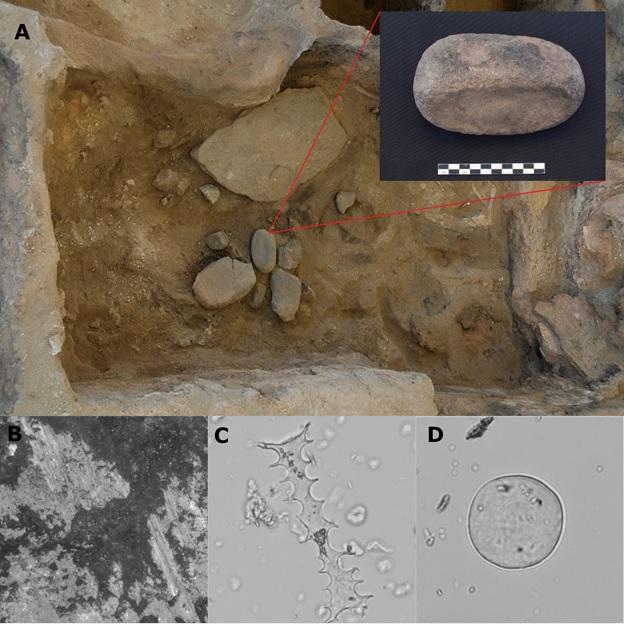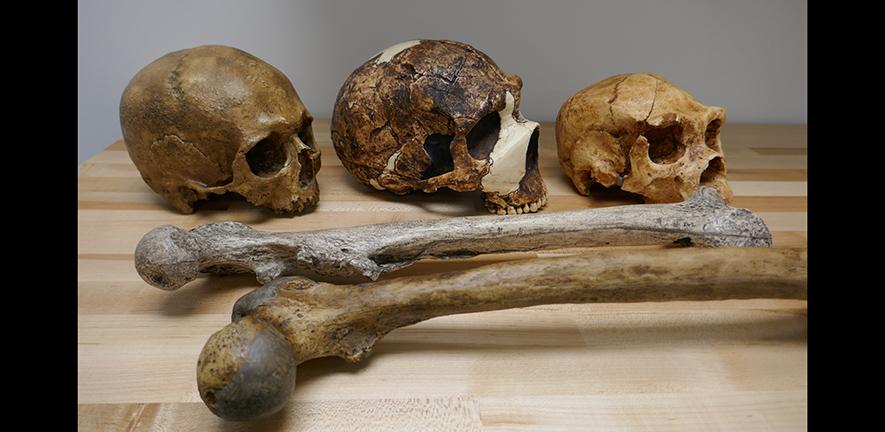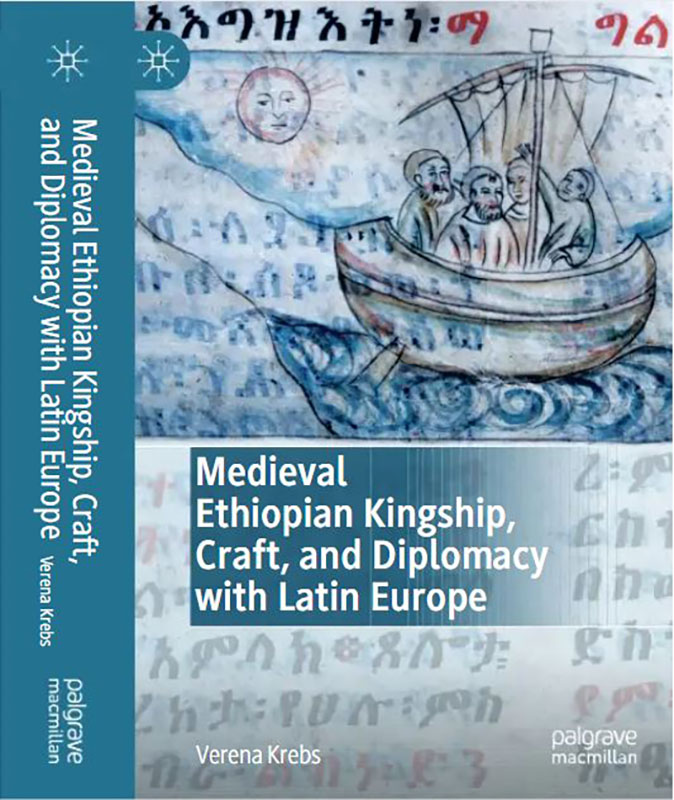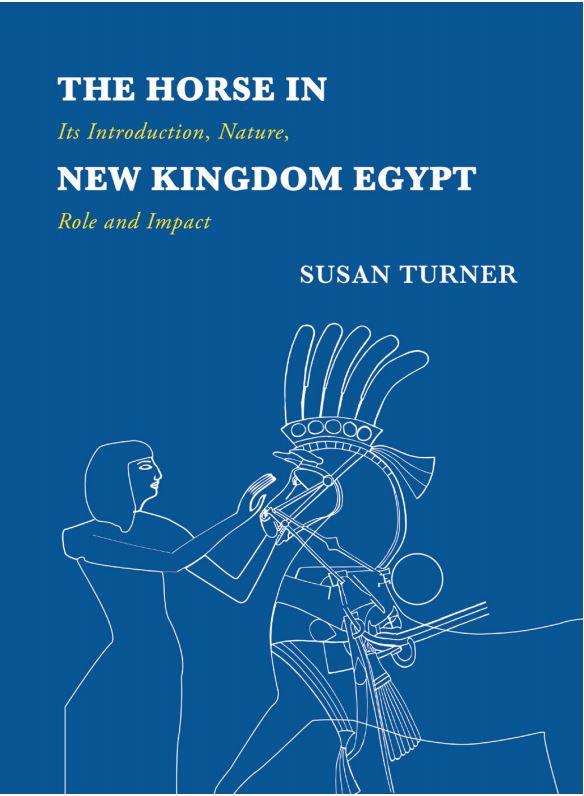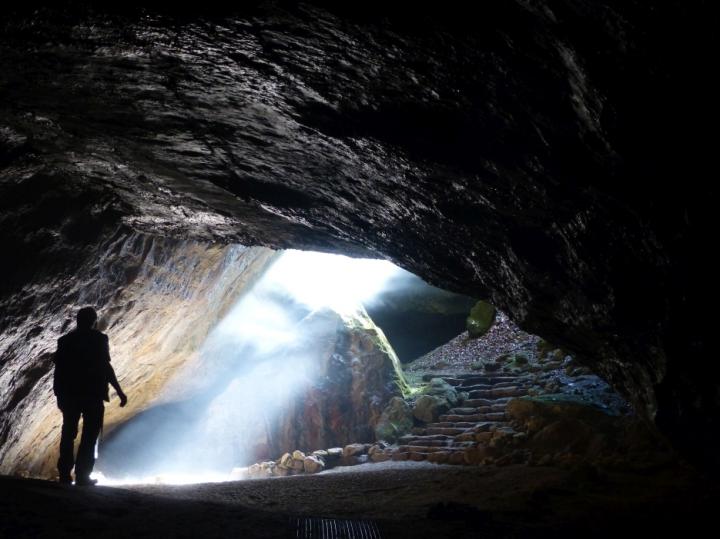Opening of the Aigai Necropolis archaeological park
The park occupies an area of 133.4 acres and includes 530 surviving visible burial mounds.
The “Salt Sheep” of Chehrabad
A team of geneticists and archaeologists from Ireland, France, Iran, Germany, and Austria has sequenced the DNA from a 1,600-year-old sheep mummy from an ancient Iranian salt mine, Chehrabad.
Ancient meteorite could reveal the origins of life on Earth
A 4.6-billion-year-old meteorite found lying in the imprint of a horseshoe is likely a remnant of cosmic debris left over from the birth of the solar system and could answer questions about how life began on Earth.
Ceramics in plain sight: The bacini of the churches of Crete
The volume presents the immured glazed vessels (the bacini) located on the façades of numerous churches in the regional unit of Chania.
New finds at Gourimadi, Karystos
This is an extremely important settlement dating back through its findings to the Late Final Neolithic Period.
Let’s replace ‘ancestry’ in forensics with something more accurate
A new study finds forensics researchers use terms related to ancestry and race in inconsistent ways, and calls for the discipline to adopt a new approach.
Resilience, not collapse: What the Easter Island myth gets wrong
New research from Binghamton University, State University of New York suggests that the demographic collapse at the core of the Easter Island myth didn't really happen.
Leonardo da Vinci has 14 living descendants
Although the famous Renaissance painter Leonardo da Vinci died 502 years ago, his "blood line" is still here.
The Pyramid Complex of Pharaoh Sahura Has Been Restored
The works have revealed that the pharaoh's burial chamber still lies unexplored to the west of the room considerd as such until now.
The Smithsonian Institution is preparing for its 175th birthday
The Institution is preparing a big celebration in the form of an extensive exhibition of works from the many museums operating under its umbrella.
The University of Sheffield’s Department of Archaeology is Closing Down
In the face of challenging external pressures, not least a declining interest in studying archaeology by undergraduates.
New aspects related to plant processing in a Neolithic settlement in Turkey
Researchers have discovered at the site of Çatalhöyük (Anatolia, Turkey) a wide variety of hitherto unknown wild resources.
Rare treasures of Tatoi’s wine cellars revealed
Around 4,000 bottles of wine and beverages have already been archived in 235 crates, with labels of special artistic and historical value.
Climate changed the size of our bodies and, to some extent, our brains
A team of researchers has gathered measurements of body and brain size for over 300 fossils from the genus Homo found across the globe.
Current Research in Egyptology 2022, Université Montpellier III – Paul Valéry (France)
First Call for Papers; abstracts should not exceed 300 words and must be submitted by October 1st 2021.
Medieval Ethiopian Kingship, Craft, and Diplomacy with Latin Europe
This book challenges conventional narratives of African-European encounters on the eve of the so-called ‘Age of Exploration'.
The return of the stolen paintings from the National Gallery is proceeding
After an absence of almost nine years the two works of art stolen from the National Gallery in January 2012 will be returning there shortly.
Erieta Attali exhibition at the Byzantine and Christian Museum
The exhibition includes 18 selected large format photographs on the theme of architecture as an integral part of the landscape.
The Horse in New Kingdom Egypt
This publication sheds light, for the first time, on the real origins of the Egyptian horse and tells the story of its journey to the valley of the Nile.
Greco-Roman pottery workshop discovered in Egypt
The workshop has structures dated to the period between the 3rd century B.C and the 1st century, but the site has given Early Dynastic finds too.
Neanderthal artists? They decorated bones over 50,000 years ago
A research team led by the University of Göttingen and the Lower Saxony State Office for Heritage has analysed a new find from the Unicorn Cave (Einhornhöhle) in the Harz Mountains.
The Council of State says “Yes” to transfer of antiquities from Venizelos Station
It should be noted that after April 19, 2021 the Ministry of Culture and Sports had announced the final content of the Council of State’s decisions.
Royal Holloway, University of London, Post Doc Fellowships
The Department of Classics will be supporting applications to this year’s British Academy's Postdoctoral Fellowship scheme.
The dress from “The Birth of Aphrodite” still inspires
American product designer Nik Bentel has circulated exact copies of clothes taken from the famous painting by Sandro Botticelli.


